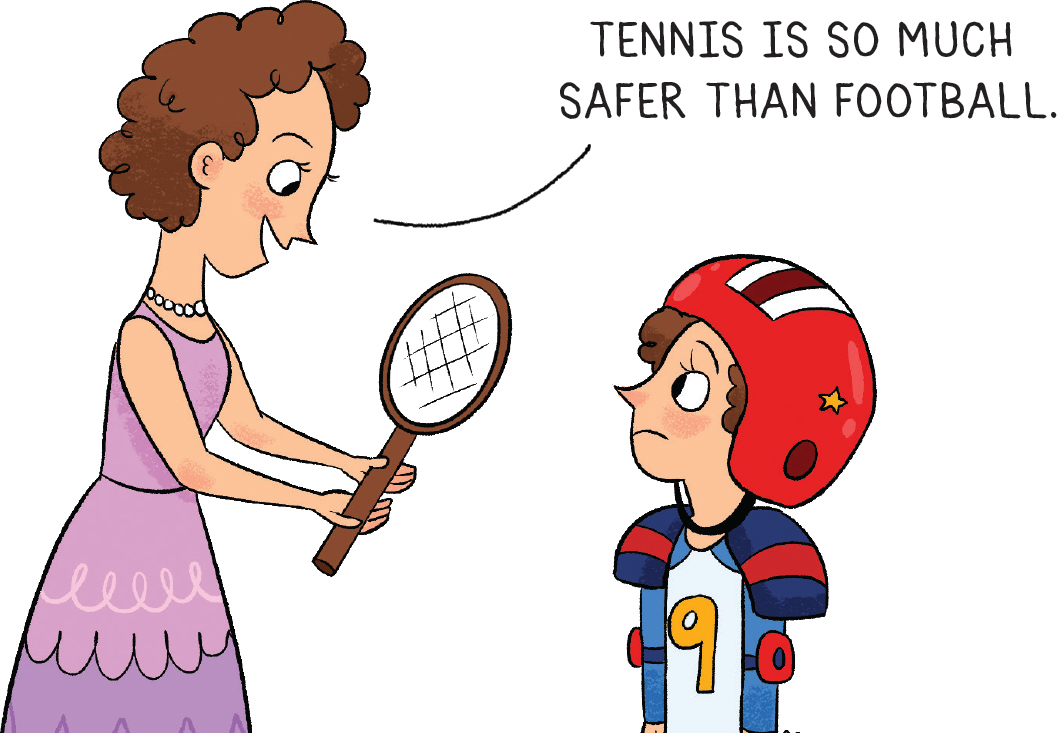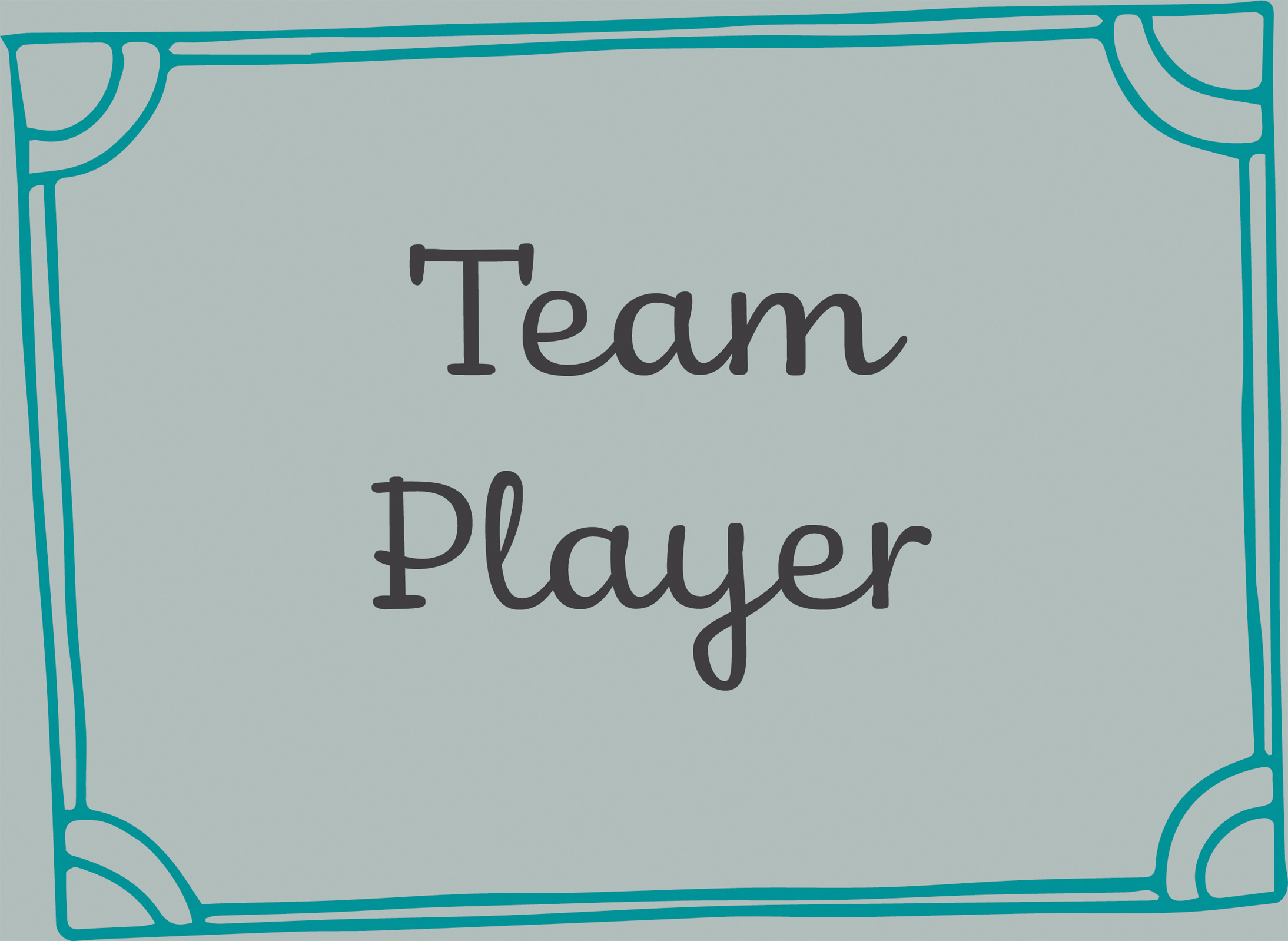Sally
Ride
A natural athlete who nearly played tennis professionally, Sally Ride gave up sports in favor of science. Yet she never lost the will to win or the determination to be the best. An invaluable member of any team for which she was chosen, whether on the court or on the Space Shuttle, Sally made history by becoming the first American woman in space.
To be a pioneering female astronaut, you have to be mentally tough. Even when she was a baby, Sally Ride always knew what she wanted—or didn’t want.
The first word Sally ever spoke was “no.” No crib could hold her for long. She was always climbing out of them. No car seat could contain her. On family road trips, Sally was known to vault over the front seat and into the backseat, bellowing like the cartoon hero Mighty Mouse:

Sally was born in 1951 in Encino, California. Her mother, Carol, was the daughter of immigrants from the country of Norway who had built their fortune operating a chain of movie theaters and bowling alleys. Her father, Dale, was a college professor. Sally also had a younger sister, Karen, whom they called “Bear.”
Dale and Carol Ride believed in letting their daughters explore the world without too many rules and restrictions. “Dale and I simply forgot to tell them that there were things they couldn’t do,” Carol Ride once said of their parenting style.
From an early age, Sally formed strong opinions about what she did and did not like to do. “If Sally was interested in a subject, she’d give it all her attention,” her mother observed. “If she wasn’t interested, she didn’t give it her attention.” One year, Carol tried to convince Sally to take piano lessons, but she gave up when her daughter clearly expressed her thoughts about playing the instrument:

Schoolwork also didn’t hold Sally’s attention. She was quiet and shy and disliked many of the subjects she was being taught. She found home economics to be especially tedious. There was nothing Sally found more disgusting than having to cook and eat a tuna casserole at eight o’clock in the morning!

One thing Sally did enjoy was reading. Her home was always filled with books, which she was devouring by the time she was five. Her favorite characters were Superman, Nancy Drew, and James Bond.
Sally also loved to read newspapers, especially the sports pages. Every morning, she would race her father down to the newsstand to pick up the latest copy of the Los Angeles Times so she could check the scores of the previous day’s baseball games. She made crayon drawings of her favorite players and memorized all of their statistics.
When it came to sports, softball was Sally’s favorite game, though she also liked football and soccer. She was always the first one selected for teams. Even boys who never picked girls changed their minds when they saw Sally play. One time, a boy tried to steal second base while Sally was pitching in a softball game. She wheeled around to pick him off and threw the ball so hard that it broke his nose.

The faster and more dangerous the sport, the more Sally liked it. She used to terrorize the neighborhood with her trick riding—first on her stroller, then on a tricycle, and finally bicycle. She also liked swimming, kayaking, skating, sledding, and riding ponies.
A different sort of adventure awaited Sally the year she turned nine. Her parents had decided to spend some time traveling across Europe. So they took Sally and Bear out of school, sold their house, and loaded all of their belongings onto a boat bound for the Netherlands. For the next year, the Rides drove around Europe in a white station wagon, with Sally acting as the navigator.

Sally and her sister visited several foreign countries and experienced their customs and cultures. At the end of each day, their parents would quiz them on what they had learned about the history of each place.
Sally took her first ferryboat ride in Denmark, built her first snowman in Austria, and got her first skiing lesson in the Swiss Alps. She started collecting stamps, filling four albums with sports-themed postage from different nations. She also ate Wiener schnitzel for the first time, which became her favorite meal. Sally kept a diary of her travels in a red leather notebook.
When she returned to California, Sally had learned so much that she was allowed to skip a grade. But then she was so far ahead that schoolwork bored her even more. She spent most of her classroom time distracted or staring into space, waiting for the bell to ring. One teacher labeled her a “clock watcher.” Sally responded by saying that she wouldn’t have to watch the clock if the lessons weren’t so dull.

One thing that hadn’t dulled during Sally’s year abroad was her passion for sports. She began collecting baseball cards and once again started memorizing statistics. She even dreamed of one day playing shortstop for the Los Angeles Dodgers. However, when she switched her attention to football, her parents decided that they had to intervene. Fearing the sport would be too dangerous, the Rides steered Sally toward tennis instead.

Sally had played tennis during her European trip, so she didn’t need much encouragement to take up the sport again with renewed enthusiasm. Soon she was spending all her free time in the driveway whacking a tennis ball against the garage door. She got so good so quickly that she began challenging adults to matches, which she won.
Sally’s parents encouraged her to pursue tennis as a career. They even hired Alice Marble, a former world’s number one women’s tennis player, to give her private lessons. But Alice found Sally hard to control. “I’m fifty years old!” the sports legend would yell whenever twelve-year-old Sally blasted a shot past her.
“I had to duck like crazy,” Alice later recalled. Even Sally’s own mother had to stop playing with her because she could no longer keep up with Sally’s atomic serves.

By the time she graduated from junior high, Sally was a nationally ranked amateur tennis player. She competed in tournaments across the country and even earned an athletic scholarship to the prestigious Westlake School for Girls in California. She amassed so many trophies that her mother began using them as soap dishes, candy trays, bookends, and paperweights.
Sally seemed bound for tennis superstardom—until she discovered another subject that began to compete with racquets and balls for her attention.
While attending Westlake, Sally took a course in physiology, which is the branch of biology that deals with living things and how they work. Sally quickly became fascinated by the class as well as by her teacher, Dr. Elizabeth Mommaerts.
Dr. Mommaerts introduced Sally to the scientific method, showing her how to perform experiments designed to prove or disprove theories about how organisms function.

At last Sally had found an academic subject that interested her as much as sports. Although she still followed the baseball box scores in the paper, she also took out a subscription to Scientific American magazine. Sally even asked her parents to buy her a telescope. At night, she would haul it out onto the front lawn and gaze up at her favorite constellation, Orion, or find Saturn’s rings and point them out to her sister Bear.
Sally graduated from Westlake School as one of the top six students in her class. Then she faced a decision. She could continue to pursue tennis as a career, or she could devote herself to the study of science.
For a while, it seemed like tennis would win out. In college, Sally won a couple tennis championships and was even encouraged to turn professional by the tennis legend Billie Jean King.
In time, however, Sally realized that she was much better at science than she was at tennis. Sure, she could hit the ball hard, but she couldn’t control it the way she could control an experiment in a laboratory. “Sally simply couldn’t make the ball go just where she wanted it to,” her mother said. “And Sally wouldn’t settle for anything short of excellence in herself.”

Eventually, Sally decided to give up competitive sports in favor of science. She still ran five miles a day, played rugby, and kept herself in top physical condition. But instead of winning tennis tournaments, she set her sights on a different goal: to become the United States’ first female astronaut.
After earning an advanced degree in physics from Stanford University, Sally joined NASA in 1978 and rose steadily through the ranks. Just as on the playground, she was always among the first to be chosen whenever a team was created.
In 1983, Robert Crippen, mission commander for the Space Shuttle Challenger, asked Sally to join his crew for its second spaceflight. “I wanted a competent engineer who was cool under stress,” Crippen said. “Sally had demonstrated that talent.”
On June 18, 1983, Sally made the first of her two historic flights aboard Challenger. In all, she would spend more than 343 hours in space—more than any other woman at the time. The hard-hitting tennis prodigy turned science geek had picked her path to excellence—and rode it all the way to the stars.

